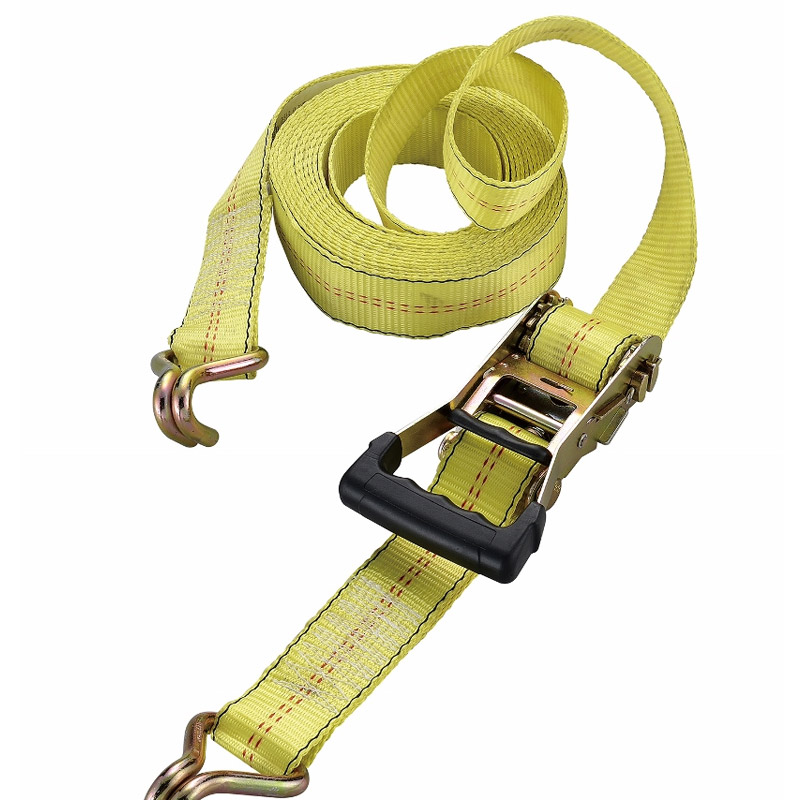hex head bolt with washer
The Importance of Hex Head Bolt with Washer in Mechanical Designs
When it comes to mechanical engineering and assembly, the selection of appropriate fasteners is crucial for ensuring structural integrity, durability, and function. Among the various types of fasteners available, the hex head bolt with washer stands out as a versatile and essential component in a wide range of applications. This article explores the significance of hex head bolts with washers, their design features, applications, and advantages.
Understanding the Components
A hex head bolt is characterized by its six-sided head, which allows for easy installation and removal using standard tools like wrenches. This design not only provides excellent torque but also ensures a secure grip. The bolt's shank, typically cylindrical, allows it to be inserted into a pre-drilled hole and secured as needed.
On the other hand, washers serve as thin discs placed between the bolt head (or nut) and the surface of the material being fastened. Washers come in various types, but they primarily serve to distribute the load of the bolt, prevent damage to the surface, and reduce the risk of loosening due to vibration.
Design Features
One of the key advantages of hex head bolts with washers is their ability to provide a strong and stable joint. The combination of the bolt and washer creates a larger bearing surface, which helps to prevent the material from deforming under pressure.
The hexagonal shape of the bolt allows for easy gripping, making it simpler to apply adequate torque without slipping. When coupled with a washer, the risk of stripping the bolt head or damaging the material beneath is significantly reduced. Furthermore, the washer can help in compensating for any irregularities on the surface, ensuring a tight fit that enhances the overall connection.
Applications
Hex head bolts with washers are employed across various industries, including automotive, construction, and manufacturing. In automotive applications, these fasteners play a pivotal role in securing engine components, wheels, and exhaust systems. Their reliability in high-vibration environments makes them ideal for critical applications where safety is paramount.
In construction, hex bolts and washers are extensively used in building frames, bridges, and heavy machinery. The ability to withstand substantial loads makes them particularly valuable in structural applications. In manufacturing, they are used in assembling machinery, fixtures, and equipment that require precise connections to function correctly.
hex head bolt with washer

Advantages
The benefits of using hex head bolts with washers are numerous
1. Strength and Stability The design allows for superior strength and stability in fastening components, making them suitable for high-load applications.
2. Vibration Resistance The combination of bolt and washer provides excellent resistance to loosening due to vibrations, which is essential in dynamic environments.
3. Load Distribution Washers help distribute the load evenly across the surface area, reducing the risk of material failure.
4. Ease of Use Hex head bolts are easy to install and remove, thanks to their compatibility with standard tools. This ease of use can lead to quicker assembly times and decreased labor costs.
5. Corrosion Resistance Many hex head bolts with washers are available in stainless steel or other corrosion-resistant materials, ensuring longevity even in harsh environments.
6. Cost-Effectiveness When considering performance and reliability, hex head bolts with washers provide a cost-effective solution compared to other fastening options.
Conclusion
Hex head bolts with washers are invaluable components in a multitude of mechanical and structural applications. Their reliable performance, coupled with significant advantages such as strength, vibration resistance, and ease of use, make them essential in various industries. As engineering demands evolve, the importance of choosing the right fastener cannot be overstated. The hex head bolt with washer will continue to be a cornerstone of efficient and effective assembly processes for years to come. Whether you are an engineer, a manufacturer, or a DIY enthusiast, understanding the benefits and applications of these fasteners can lead to better decision-making and improved project outcomes.
-
Weatherproof Plastic Expansion Anchors for OutdoorNewsJun.06,2025
-
Sustainability in the Supply Chain: Eco-Friendly TEK Screws ProductionNewsJun.06,2025
-
Load-Bearing Capacity of External Insulation FixingsNewsJun.06,2025
-
Double Head Bolts: Enhancing Efficiency in Industrial MachineryNewsJun.06,2025
-
Corrosion Resistance in Chipboard Screws: Coatings for Wholesale DurabilityNewsJun.06,2025
-
Butterfly Toggle Bolts : Enhancing Structural ResilienceNewsJun.06,2025
